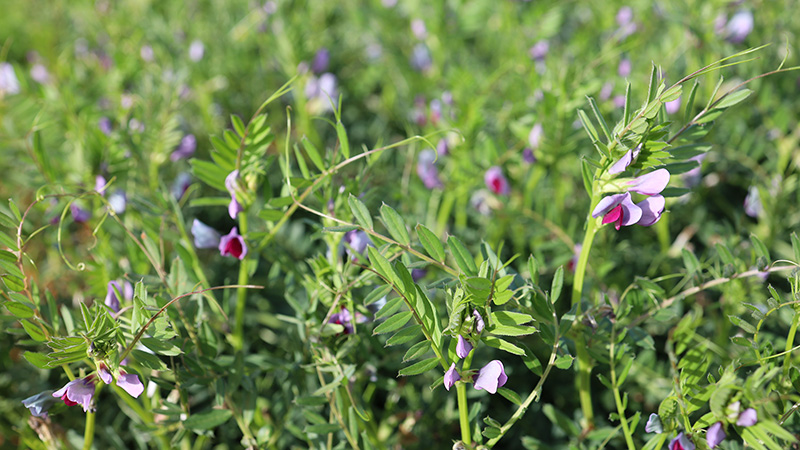The Grains Research and Development Corporation (GRDC) is supporting research that directly benefits South Australian grain growers, through a cache of new co-investments with the South Australian Grain Industry Trust (SAGIT).
SAGIT is the unique state-based grains research body that administers funds gathered through a voluntary levy on South Australian grain harvests.
The GRDC co-investments will contribute an additional $486,731 to new South Australian grains research projects in 2023-24.
New projects that will benefit from this support include a study to understand how soil properties influence the effects of pesticides on soil health, to help farmers choose the best pesticide options for their soil type and its microbial communities. GRDC will provide 50 per cent of the project’s $245,855 investment, which will be managed by researchers from the University of South Australia.

GRDC and SAGIT are co-investing in research to support the agronomy, breeding and market development of vetch. Photo: GRDC
In addition, GRDC will provide co-investment for a project led by the South Australian Research and Development Institute (SARDI) to improve the industry’s response to white grain disorder and fusarium head blight outbreaks, which have become a significant issue in recent seasons.
Other GRDC-SAGIT co-investments include a range of projects to support the profitability of the South Australian grains industry. These initiatives range from expanding the implementation of frost mitigation strategies developed at the Frost Learning Centre in the Mid North region to devising strategies for increase the profitability of vetch.
GRDC senior regional manager – south Stephen Loss says South Australia is a major contributor to the national production of wheat, high quality barley and pulses, and adds SAGIT is an enabler of research that advances grower profitability and sustainability in the state.
“For the past decade, GRDC and SAGIT have actively worked together to boost the value of our investments and deliver practical knowledge to help grain growers continue to optimise yield potential and production costs, while enhancing environmental outcomes,” he says.
“Joint investment allows our research partners in South Australia to expand the scope of their work, build their research capacity and explore ways to help the state’s grain growers improve their practices.”
SAGIT chair Max Young describes GRDC as an important and valuable partner.
“GRDC is the peak body for grain research in Australia and their co-investment in projects that focus on the needs of South Australian grain growers adds considerable leverage to SAGIT’s funds,” he says.
SAGIT invests $2 million of grower contributions on average per year to support research that advances the South Australian grain industry. Additional input from GRDC co-investments provides an important boost for South Australian research, and reduces the risk of research duplication between the organisations.
Many of the relevant research results and findings have relevance beyond the South Australian borders, and GRDC is able to share these nationally.
More information on each of the four GRDC-SAGIT co-investments are available on the GRDC website:
- Understanding the pesticide effects on soil microbial functions in contrasting SA soils, with the University of South Australia.
- Frost Research and Learning Centre (Phase II), with Mid North High Rainfall Zone.
- Profitable vetch - agronomy, breeding and market development, with South Australian Research and Development Institute (SARDI) of the Department of Primary Industries and Regions South Australia (PIRSA).
Improving industry response to white grain disorder and fusarium head blight outbreaks while protecting export markets, with SARDI and the University of Adelaide.

























































